In high-frequency oral care devices, unexplained taste alteration during or after use is an increasing concern. Surprisingly, recent engineering investigations suggest that sync disruption within device control systems might be a hidden driver behind this sensory side effect. Could this be a minor tech glitch, or is it a critical product design oversight? Understanding this connection is key for manufacturers seeking to eliminate customer complaints and enhance product safety.
Sync disruption refers to the loss of synchronized control between various functional components in electronic oral care devices, including:
Typical causes of sync disruption include:
While often overlooked, these disruptions directly alter how energy, fluids, or light are delivered during use.
Though seemingly unrelated, taste alteration can indeed stem from sync disruption, through several pathways:
Thus, unstable device control impacts the chemical and sensory environment within the mouth, resulting in distorted taste perception during or after use. Company web:https://www.powsmart.com/product/electric-toothbrush/
Based on manufacturing reports, devices particularly at risk include:
In these multi-system products, poor electronic control integration increases the chance of sync disruption leading to taste alteration.
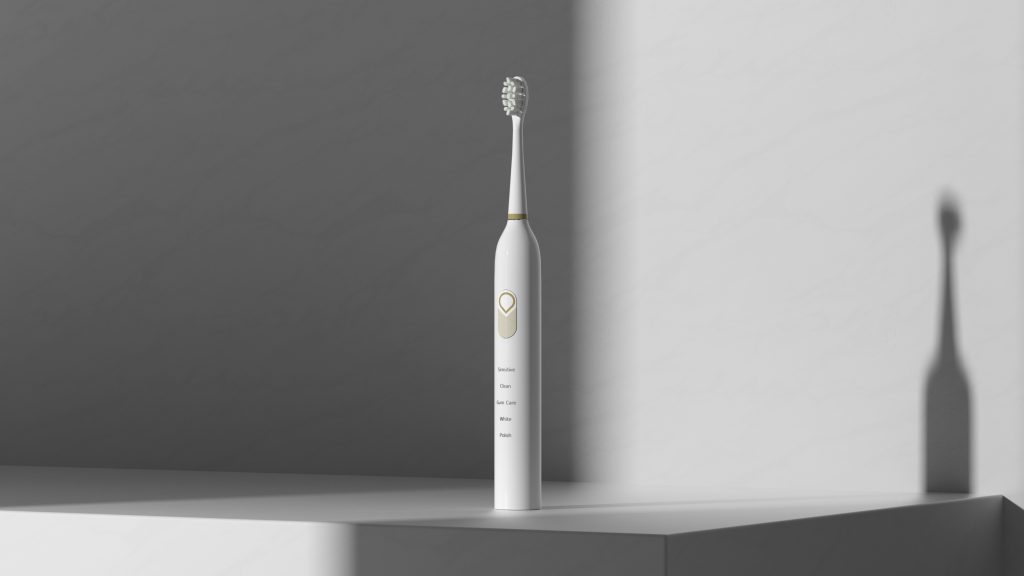
Typical design and production issues contributing to the problem include:
These result in devices operating out of sync, destabilizing both mechanical and chemical delivery.
To prevent sync disruption and the resulting taste alteration, manufacturers should implement:
Additionally, conducting synchronization stress tests during QA ensures consistency under varying operating conditions.
From a B2B procurement perspective, resolving this issue offers distinct advantages:
Proactive mitigation of sync-based taste alteration becomes a competitive advantage.
Is taste alteration caused by sync disruption simply a tech glitch? Evidence suggests it is a genuine design flaw rooted in control system instability. For oral care manufacturers, treating synchronization as a core quality parameter—rather than a secondary control feature—is critical to ensuring consistent product performance and consumer satisfaction. Contact us

Teeth Whitening Pen OEM: On-the-Go Whitening Solutions

Is it Good for Teeth That the Power Level of a Water Flosser Is Too Strong?
.jpg)
Can the right oral care products prevent pain this National Toothache Day?
Electric Toothbrush Private Label Supplier | Build Your Custom Brand Line

Is a Texas travel toothbrush with a Texas tax-free advantage — worth it?
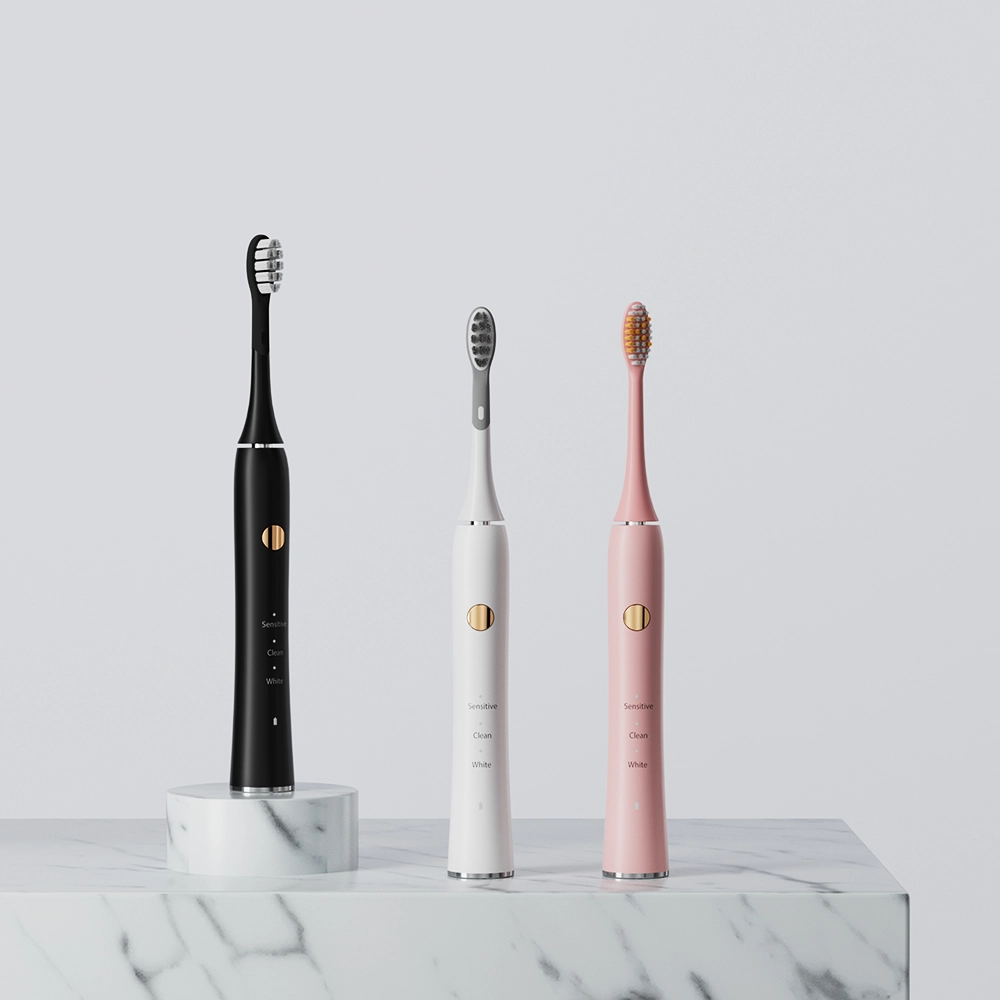
What Are the Pros and Cons of Popular Travel Size Electric Toothbrushes?
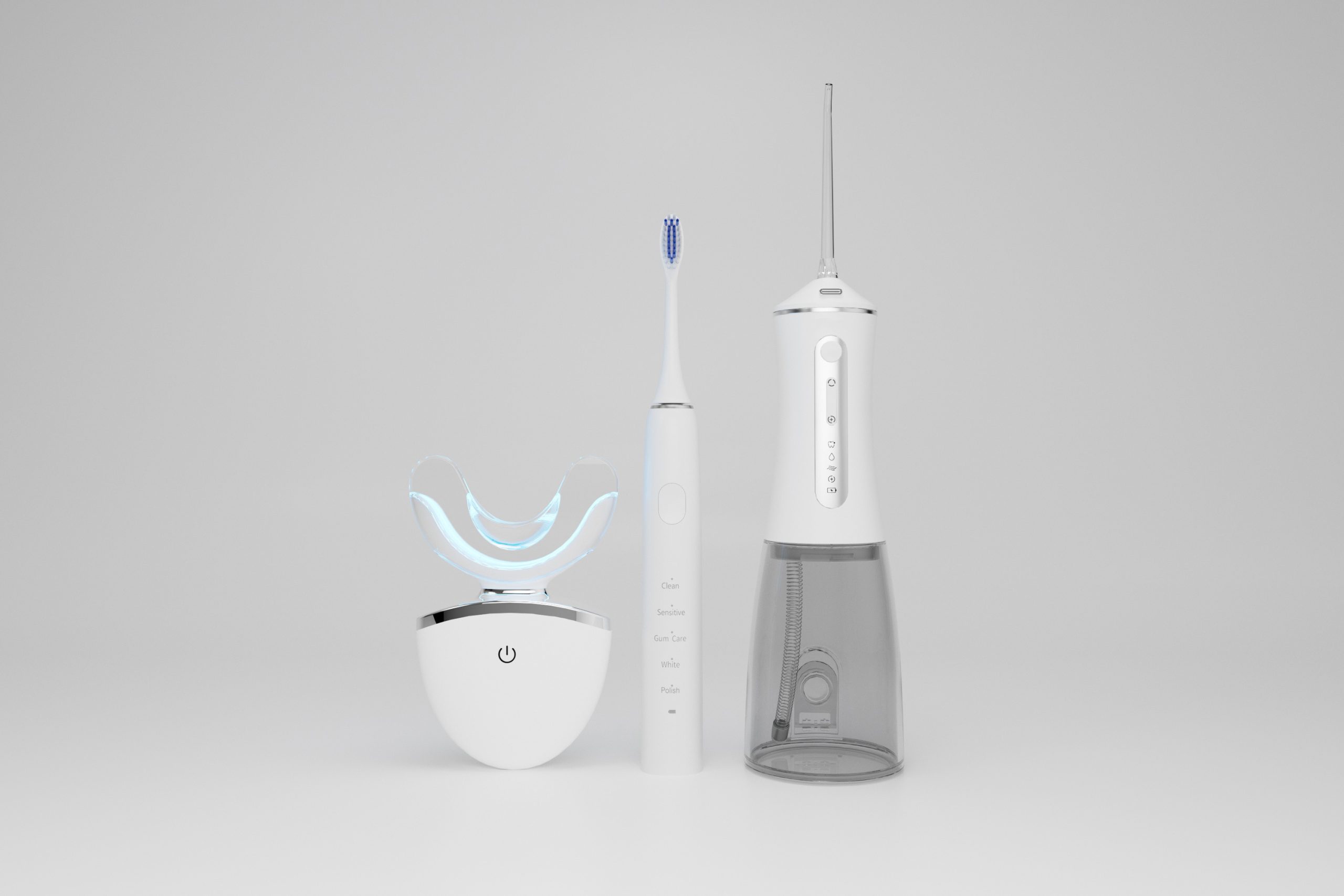
Oral Irrigator EMC Compliance & Thermal Suppression Solutions | Expert Guide
USB-C Rechargeable Sonic Toothbrush | Modern Oral Care Technology
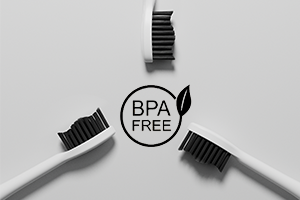
Things You Should Know About Charcoal Brush Head
.jpg)
Why Partner with a Toothbrush ODM Company for Toothbrush Innovation?
.jpg)
What Should Be Noted When Children Use Water Flosser?
Is Your Brush Eco-Friendly?
-2-scaled.png)
Clinical Validation of Modern Teeth Whitening Technologies: A Guide for Oral Care Product Brands
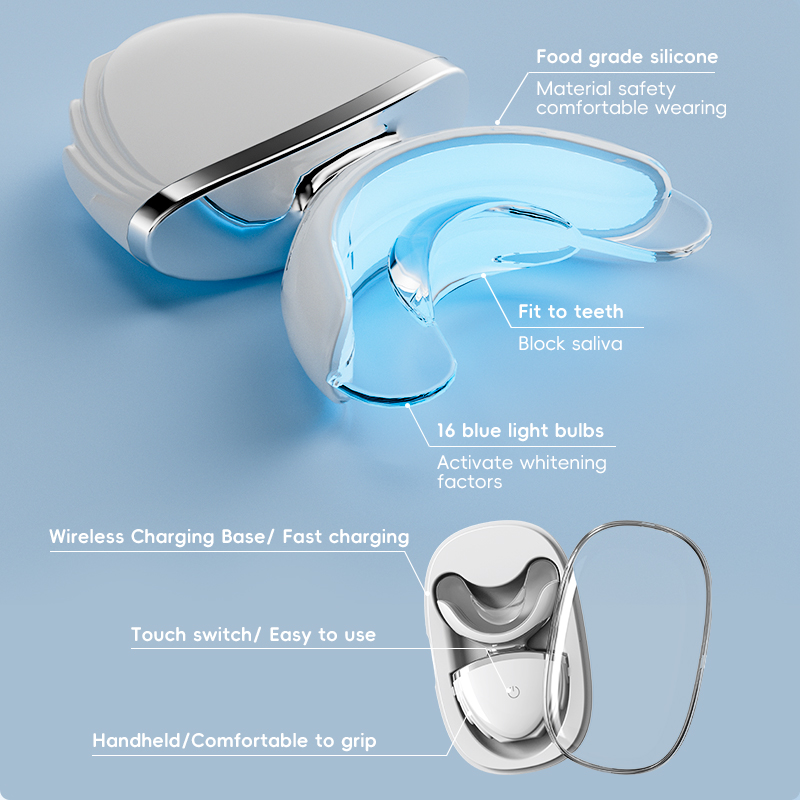
How to choose a reliable teeth whitening kit manufacturer
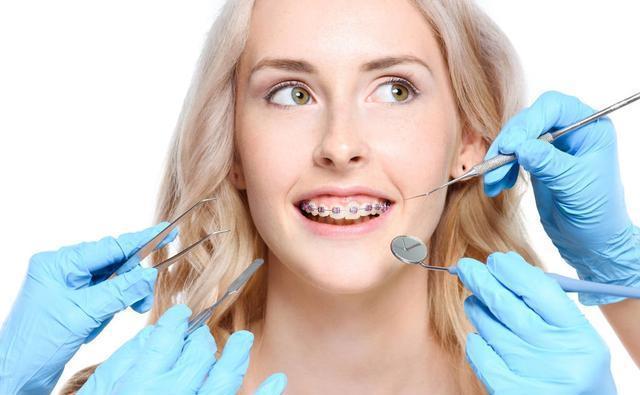
Does Braces Cleaning Electric Toothbrush Cause Sensor Failure?
.jpg)
Can Cartoons Improve Brushing Habits?

Customization Teeth Whitening Gel

electric toothbrush heads Regular Clean

electric toothbrush heads Ultra Soft

electric toothbrush heads Charcoal Infuse-Round

electric toothbrush heads Deep Clean

Electric toothbrush heads Charcoal Infused-Diamond
.jpg)
Florida Electric Toothbrush – Powsmart PTR-C8

Private Label Whitening Gel
whstapp
whstapp
National Toll-Free Service Hotline
+86 755 86238638